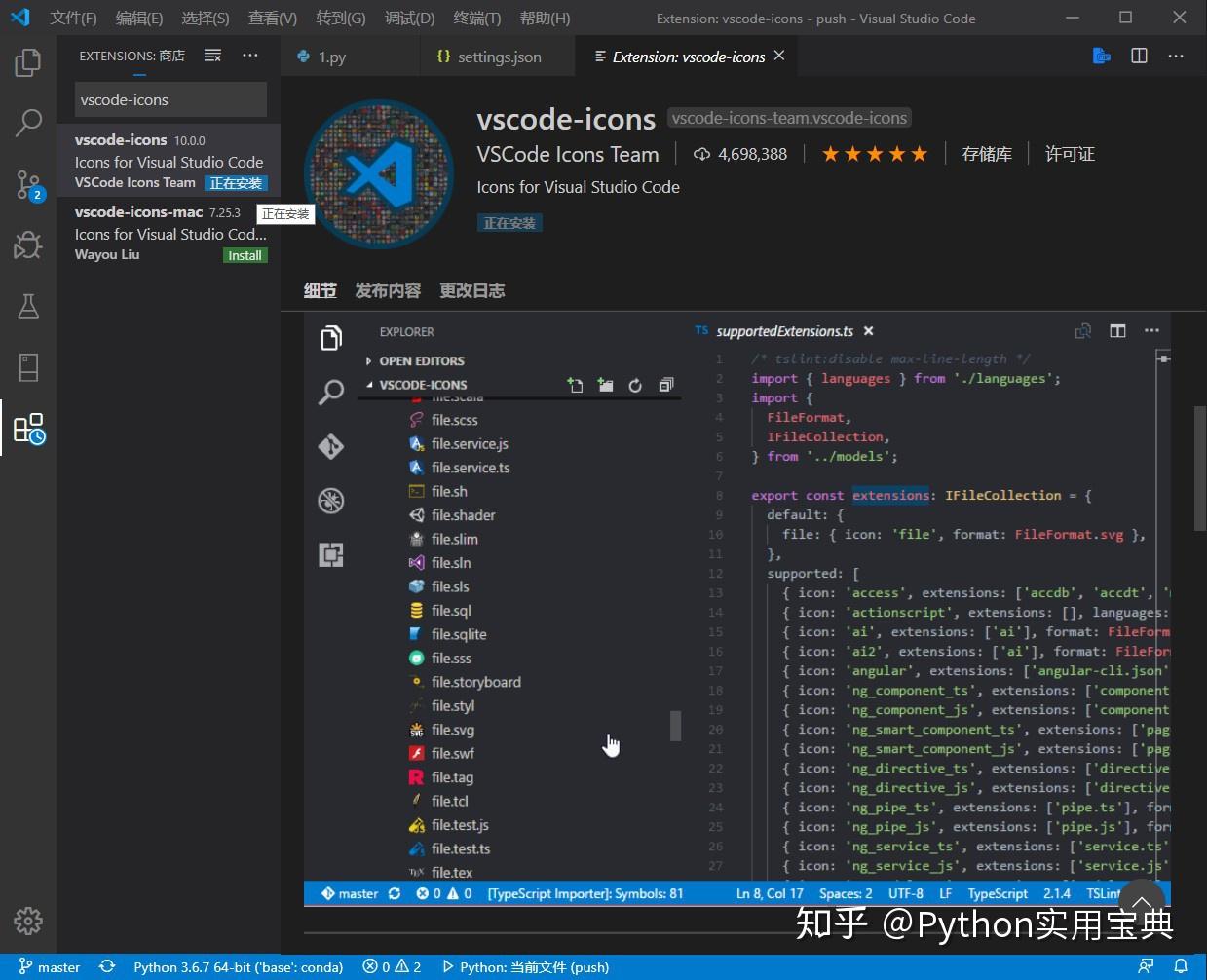

- #Install python 3 mac pyenv how to#
- #Install python 3 mac pyenv update#
- #Install python 3 mac pyenv upgrade#
- #Install python 3 mac pyenv software#
#Install python 3 mac pyenv update#
So even if you had zlib sitting around if an update was pushed to zlib you're going to be building a new one.
#Install python 3 mac pyenv upgrade#
The behavior of MacPorts then (and still unchanged today) is to upgrade to the latest versions of all dependencies when installing or upgrading a requested package. If everything has to be built from source you also have to build all your build-time dependencies from source, even weird ones for building docs or whatever. The pain is a bit lost to memory, but even as a long-time MacPorts user I understand why people wanted to switch. As you grow in knowledge, you will learn all sort of technologies and you will be able to perform installations like this one on your own by just reading documentation.As mentioned by the other poster they were both source distributions at first, followed by binaries later. And trust me, knowing what GitHub is or does is not relevant right now, later you can learn what GitHub is. Me - Well… I know that I’m throwing a bunch of technical terms at you that you don’t understand, but bear with me through this installation.
#Install python 3 mac pyenv how to#
I could rather direct you to the pyenv GitHub repo and let you figure out how to install pyenv, but for now I’m going to list all the necessary commands for installing pyenv. It’s simple, unobtrusive, and is a tool that does one thing well. Pyenv is a Python Version Manager that lets you easily switch between multiple versions of Python. Now you have Homebrew’s installed in your computer. You know that the installation is finished when you see back the $. That means that Homebrew’s is getting installed. You should see a bunch of text and progress bars in the terminal window. By now you should understand what cmd+v means, GOOD! Once the command is pasted press Enter. To paste the command you can press cmd+v. So let’s paste the command you copied from the Homebrew’s web page. That $ with the blinking vertical cursor means that the terminal is waiting for you to type a command. So let’s go to Homebrew’s and copy the command that appears below Install Homebrew or you can copy the command bellow. Lets get our hands dirty - Installing Hombrewįirst things first, we need to install Homebrew in your system if you don’t already have it.

So our goal is to install globally Python 3 in your Mac.
#Install python 3 mac pyenv software#
One - is part of the Mac operating system, and two - It is recommended to do software development with Python 3 since Python 2 will be no longer supported by 2020. We don’t want to touch that installation of Python for two main reasons. OS X ships with Python 2 and is used by the operating system to perform tasks in your computer. You want to learn to write Python code.You have some knowledge how to navigate around your computer.You have no experience whatsoever or very little with any programing languages.Lets get our hands dirty - Installing Hombrewįor this post I am assuming the following:.The purpose of this short tutorial is to ease the Python 3 installation and to make Python 3 global in your system. We can now see how messy a simple Python 3 installation can get for a person that just want to start learning how to code.

Me - Yeah the terminal… that black window that has a lot of text that is difficult to understand. We just called it terminal, shell, or CLI. Me - Oh my bad again… CLI stands for Command Line Interface which is a long name for your terminal. Brew is the command for Homebrew which is a package manager for installing OS X applications, most of those applications are CLI apps. OS X stands for Operating System Ten and I’m referring to your Mac computer. You - Oh wait, what is brew? What is OS X box? Me - Installing Python 3 in a OS X box is really easy, you just open your terminal and type brew install python3.


 0 kommentar(er)
0 kommentar(er)
